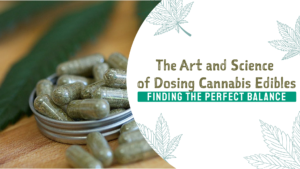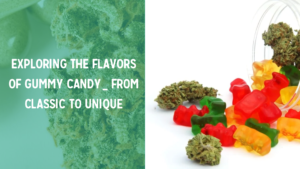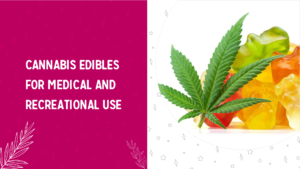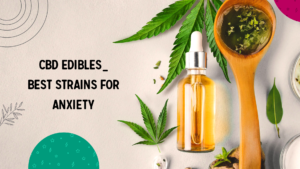
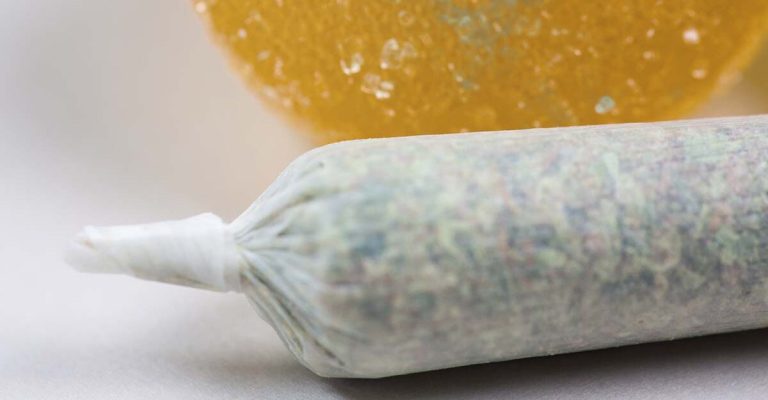
Edibles and smoking are two of the most popular ways to consume cannabis, but which one is best for you? The ideal cannabis product will differ from person to person, but it’s important to understand how a specific product works, what it’s made of, and how it’ll affect you before deciding if it’ll best fit your needs.
What are edibles?
Edibles are any type of food product that contains cannabis or cannabis extract. You’re probably most familiar with gummy edibles, but there are many other food products on the market, such as:
- Candy
- Chocolate
- Baked goods
- Drinks
- Chewing gum
- Butter
Edibles typically contain either CBD, THC, or a mixture of both. CBD and THC are major cannabinoids found in cannabis that have garnered quite a reputation for their medicinal effects. These cannabinoids have been found to help treat symptoms such as:
- Inflammation (1)
- Pain (2)
- Anxiety (3)
- Sleep disorders (4)
- PTSD (5)
- Nausea (6)
- Suppressed stimulation (7)
It is important to understand the difference between CBD and THC. THC is a psychotropic, meaning that it is responsible for the characteristic high of cannabis. CBD is not psychotropic, and so when you eat an edible that only contains CBD, you won’t get high.
Smokable cannabis
Smoking is the oldest and most well-known way to consume cannabis – it involves heating cannabis buds to a high temperature and inhaling the smoke it produces.
Typically, cannabis is smoked by burning cannabis buds in a cigarette or joint. However, there are other ways to smoke cannabis.
Bong
Instead of lighting a cigarette, a bong passes smoke through water to filter and cool it. This creates cannabis smoke that is much easier to inhale. However, setting up a bong can be a complicated process that requires specific equipment, which can be quite intimidating to newcomers.
Blunt
A blunt is very similar to a joint, except it contains tobacco leaves mixed in with the cannabis material. Decades of research tells us that inhaling tobacco smoke is particularly dangerous and is a significant factor in the development of lung cancer (8). For obvious reasons, we do not recommend this technique.
Pipe
Pipes offer a very simple way to smoke cannabis. Cannabis is packed into the hollow section of the pipe and then lit, with the smoke being inhaled through the mouthpiece. This method offers a much easier alternative to joints, which require technique to properly roll.
Which is stronger?
There are significant differences between how edibles and smoked cannabis will affect your body.
Bioavailability
Bioavailability refers to the percentage of cannabinoid compounds that make it into the bloodstream once consumed. Not all consumption methods are created equal; some will provide a high bioavailability, i.e., deliver a large amount of cannabinoids into the bloodstream, while others provide low bioavailability.
Smoking has a high bioavailability, with research showing that smoking cannabis can result in 30% of THC consumed entering the circulatory system (9). This high bioavailability is largely thanks to how permeable the lungs are – they allow inhaled smoke to easily cross into the bloodstream.
For a number of reasons, edibles have slightly lower bioavailability. Edibles have to pass through the gut, which has high metabolic action and so absorbs fewer cannabis compounds than the lungs. Cannabinoids like THC are also very sensitive to gastric fluids, which can affect absorption. Edibles have a pretty variable bioavailability of 6-20% (10). This number will vary based on your individual metabolic activity.
How long do they last?
Smoking and edibles also differ in their release times.
Smoking will provide you with a quick hit of cannabis effects. Studies have shown that cannabinoids can reach peak concentration levels in the blood by three to ten minutes after inhalation (11, 12). Smoked cannabis quickly reaches the bloodstream because of how permeable the lungs are.
Edibles, on the other hand, have a slow-release time, not reaching peak levels until 1.5 – 3 hours after consumption (13). This slower release time is due to the fact that edibles have to pass through the slow digestive system as opposed to being quickly absorbed by the lungs. Edibles’ long release time makes them ideal for people who want to feel more sustained effects from cannabinoids.
Benefits
Both smoking and edibles have their own benefits, depending on your wants and needs.
Edibles
The main benefits of edibles are:
- They have a slow-release time, making them ideal for patients with chronic conditions who might value longer, sustained effects.
- They are easy to use and dose. Taking an edible is really as easy as eating a candy. With no fuss needed, edibles are a great option for those intimidated by complicated smoking techniques.
- They are subtle. Edibles can be an extremely discrete method of cannabis consumption, which is ideal for those not wanting to be obvious about their cannabis use.
- They offer a medium potency that makes them a great choice for people new to cannabis or who are seeking mid-range effects.
- Most studies demonstrating the health benefits of cannabinoids involve oral consumption, meaning that edibles are likely to be the best way to take advantage of these benefits.
Smoking
The main benefits of smoking are:
- A strong hit. Smoking will deliver a high amount of cannabinoids and other cannabis compounds into your bloodstream. This is likely ideal for people who are experiencing strong symptoms that they would like to treat with cannabis.
- Fast effects. The effects of smoking cannabis can be felt within minutes, making it an ideal consumption choice for people with acute symptoms who are looking for immediate relief.
Side effects
Side effects are possible with both smoking and edibles, and it’s important you be aware of potential negative effects before deciding on a cannabis consumption method.
General side effects from cannabinoids include (14, 15):
CBD
- Dizziness
- Diarrhea
- Sleepiness
- Reduced appetite
THC
- Dry mouth
- Anxiety
- Red eyes
- Slower reaction time
- Increased heart rate
- Memory loss
Edibles
Aside from the general, mild side effects of cannabinoids, edible products are largely safe. However, you should take note of the ingredients in edibles to avoid provoking an allergic reaction or food sensitivity.
Smoking
Smoking cannabis can come with more serious side effects. Smoking cannabis has been linked to inflammation in the airway, increased airway resistance, and chronic bronchitis (16). There also seems to be a slight correlation between cannabis smoking and lung cancer, although this risk is lower than with tobacco smoking.
Which is better: edibles or smoking?
When it comes to whether edibles or smoking are the better choice, it all comes down to personal preferences and needs. If you’re an experienced cannabis user who is looking for quick and strong effects, smoking might be the best fit for you. However, if you’re looking for easy, long-lasting effects, then you might want to try edibles.
When choosing between the two, it is important to consider the health risks of each consumption method.
In summary
There are pros and cons to both edibles and smoking, but the “best” method will come down to your individual needs. It is important to take into consideration the benefits and side effects of smoking and edibles when choosing between the two.
Recent reviews
-
 Refill Mixed 6 Pack
Rated 5 out of 5by facepersonface
Refill Mixed 6 Pack
Rated 5 out of 5by facepersonface -
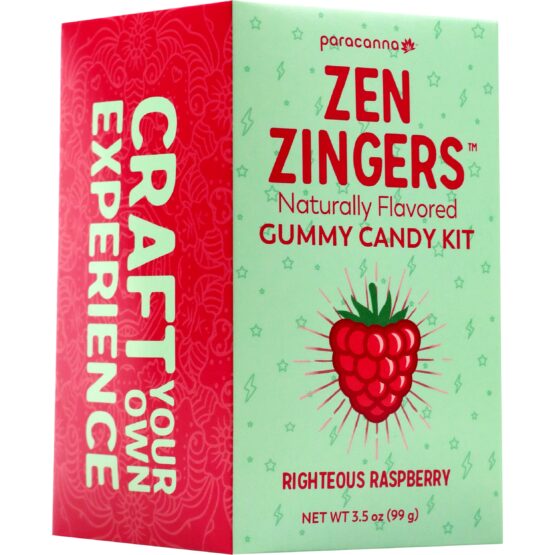 Righteous Raspberry Gummy Making Kit
by Ralph Linnmann
Righteous Raspberry Gummy Making Kit
by Ralph Linnmann
Recent Articles
Featured Products
-
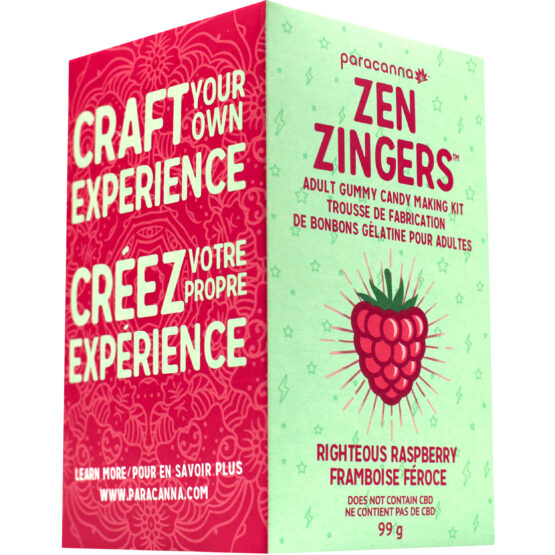
Righteous Raspberry Gummy Making Kit
Rated 5.00 out of 5$24.99 Add to cart -
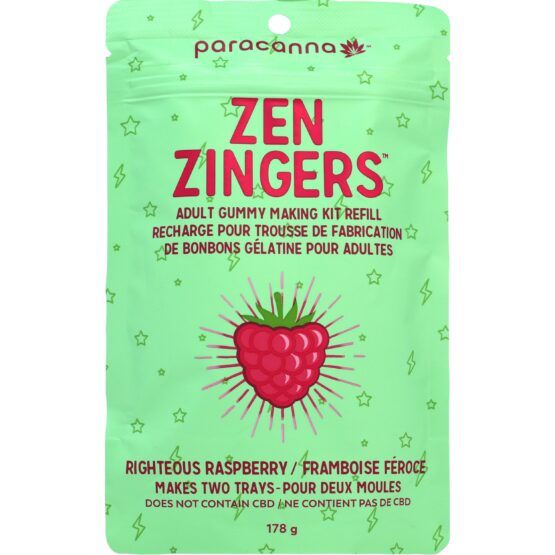
Righteous Raspberry Gummy Mix Refill
Rated 4.85 out of 5$18.99 – $68.37 Select options This product has multiple variants. The options may be chosen on the product page

